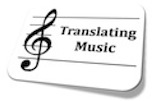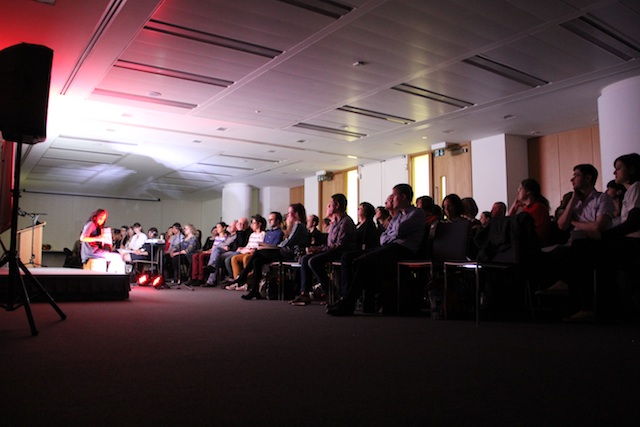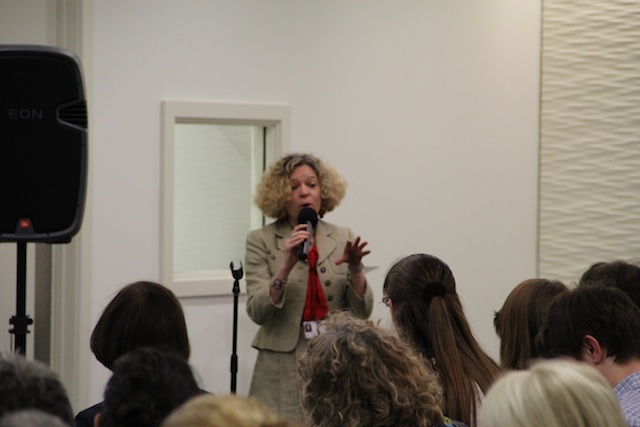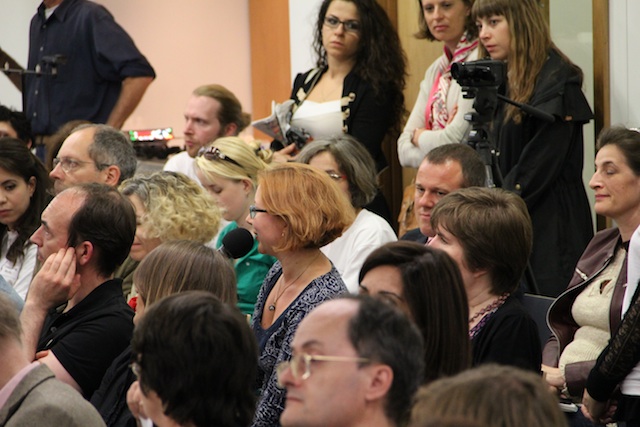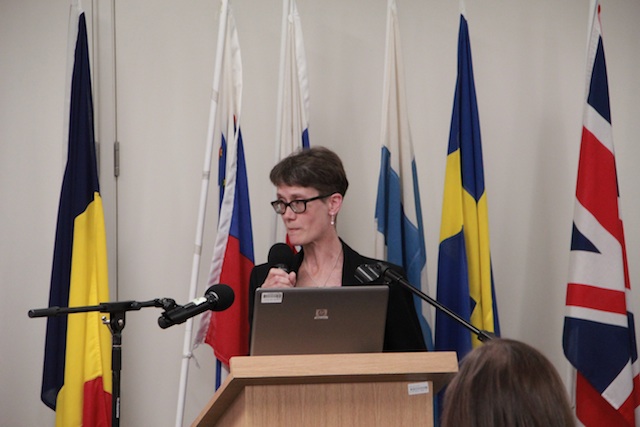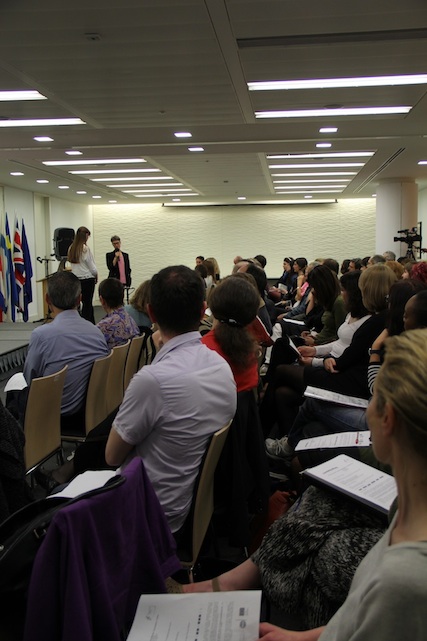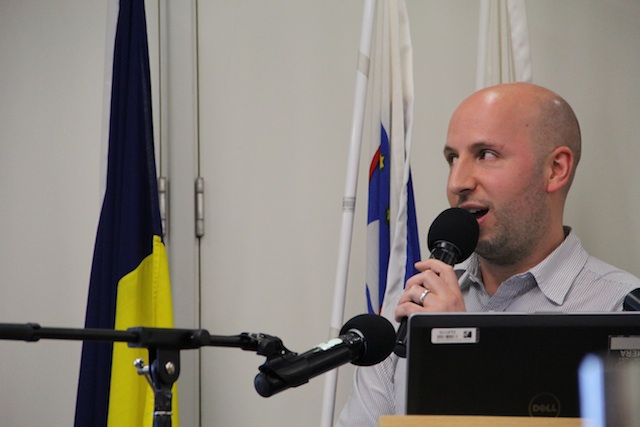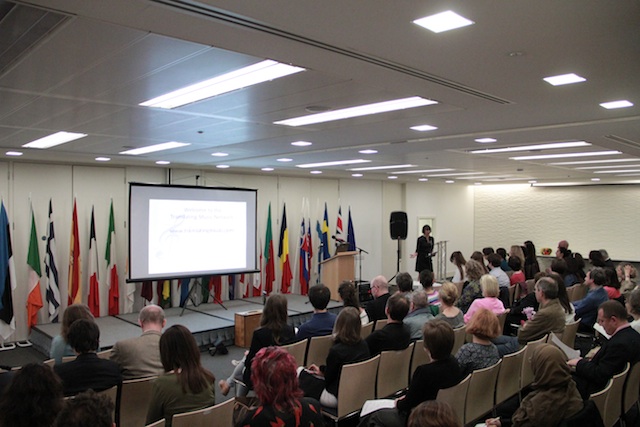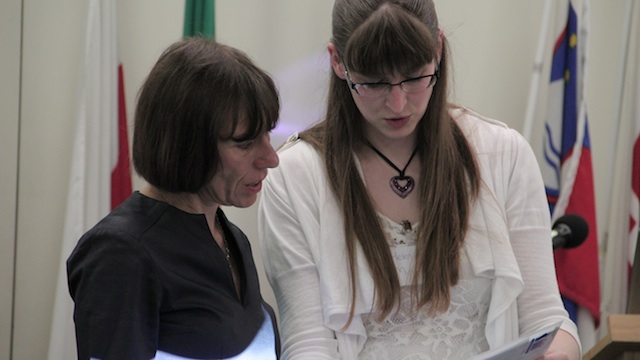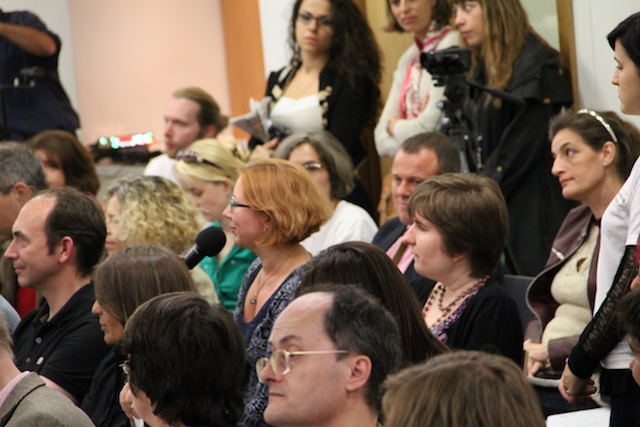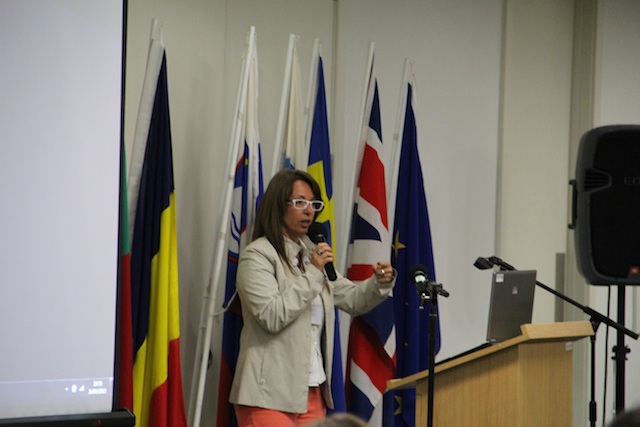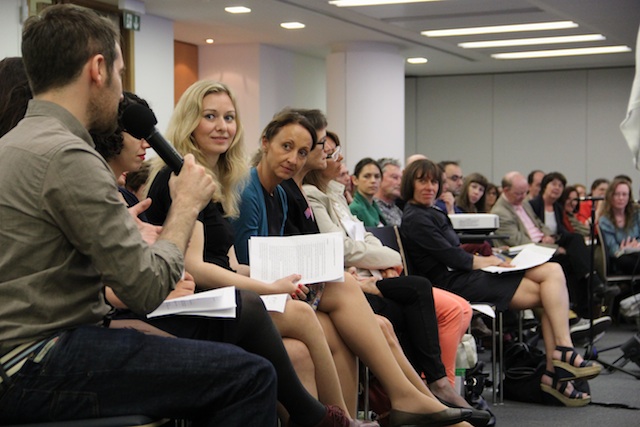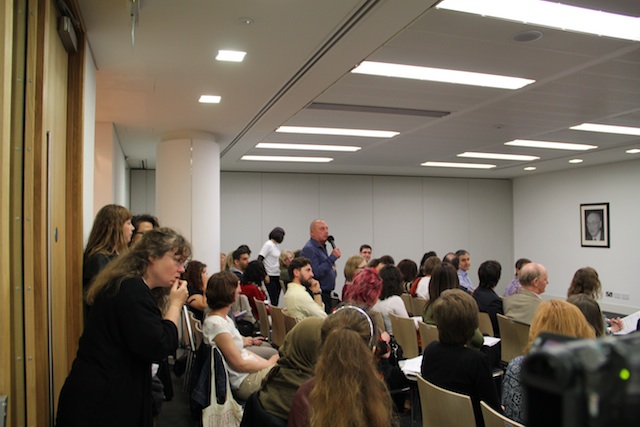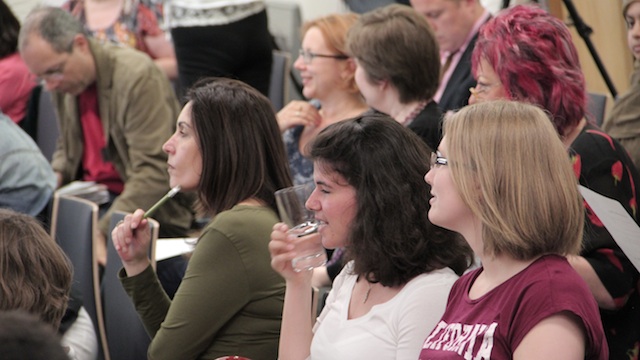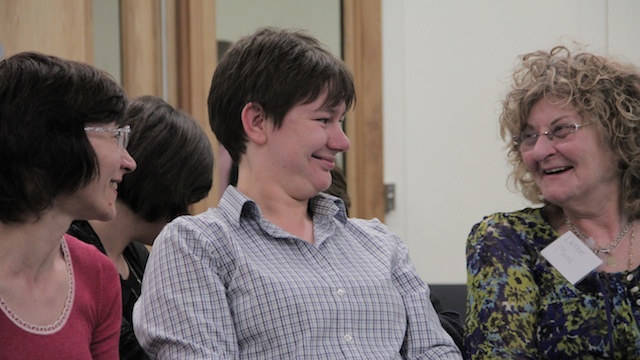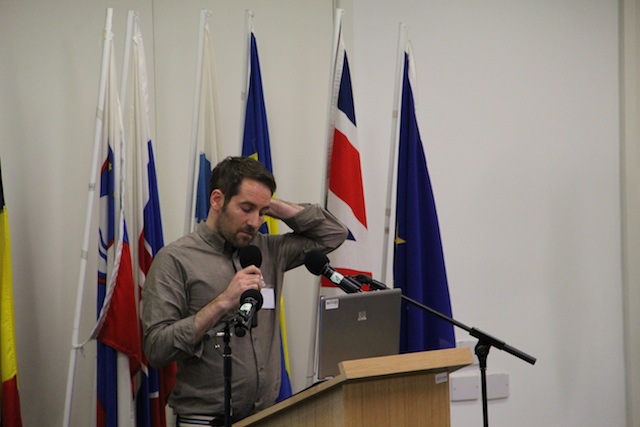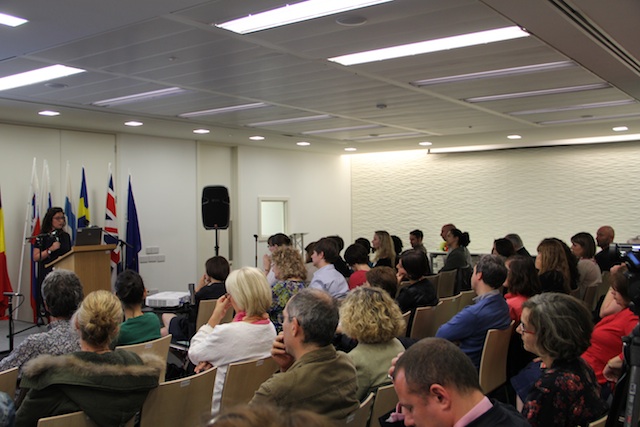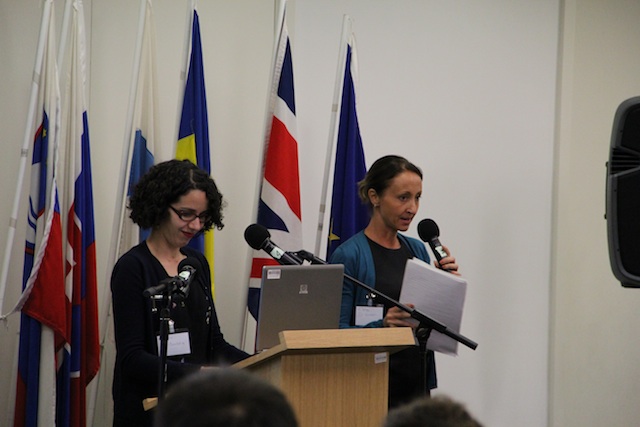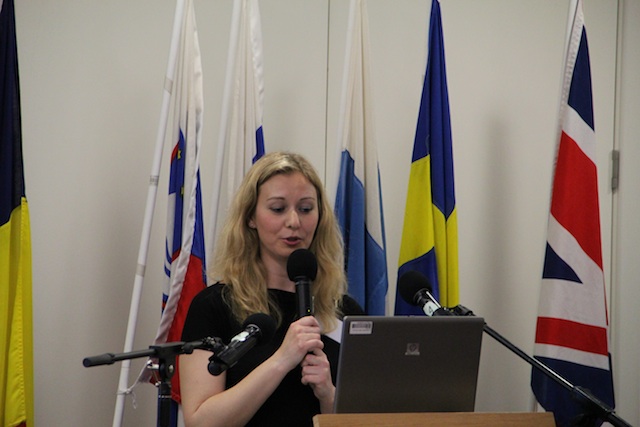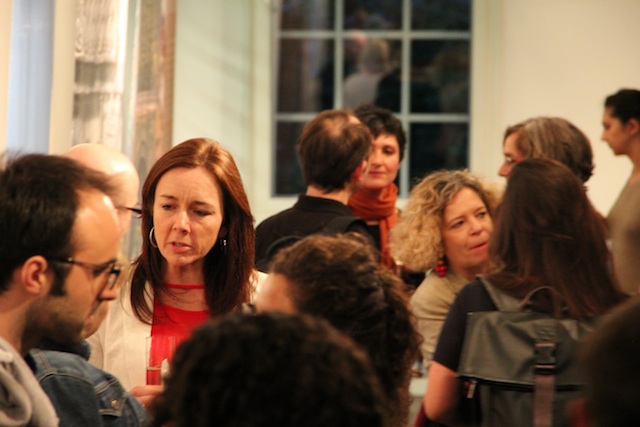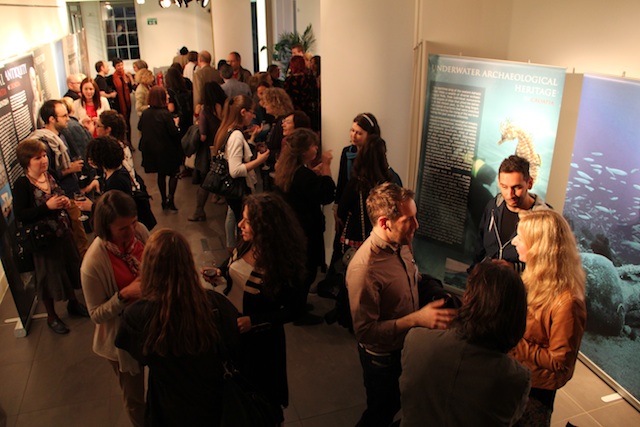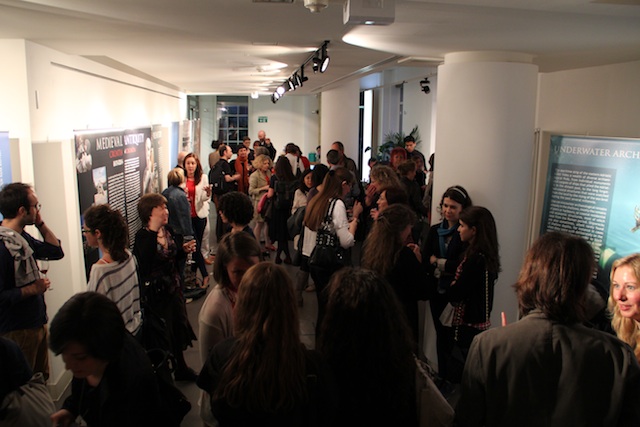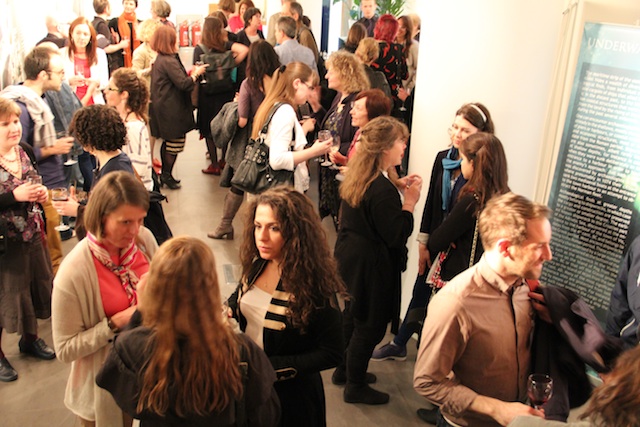Opening Seminar: Mapping Music
26 June 2013: 6.15 - 9.30 pm, Europe House, 32 Smith Square, London SW1
Click image for slideshow. Scroll down for presentations.
If instrumental music tends to be preferred to vocal music in easy listening and film music, songs are favourite with individual listening habits. And as has been noted, music can make banal words sound truly poetic and has the ability to make sense of them, even if we don’t understand them sometimes
But do we always listen to the words? Can we always hear them? Do we pay attention to them even when they are sung in our native tongue? And how often do we listen to songs in foreign languages?
Recent research points to the fact that paying attention to the meaning of words is important primarily when listening to a language we are familiar with. In a 2007 survey made at the Royal Northern College of Music in 2007, intelligibility of sung text in familiar languages was very important to 61% of respondents, but very important to only 17% when text is in an unfamiliar language.
Film and television music uses predominantly instrumental music, apart from title song or for songs that play a structural role in the piece, such as Almadovar’s Volver; Children’s cartoons with their descriptive or narrative songs essential to the story are another exception. For most films though, when songs are used, they are used primarily for their texture such as in The Lord of the Rings where the majority of the lyrics are in invented languages.
How important is it then to translate lyrics? In the case of The Lord of the Rings, translation of fictional language songs does not appear on screen. And yet, in other contexts, audiences make it very clear that they want a translation of the lyrics, be it interlingually or intralingually. A European survey conducted with deaf and hearing impaired viewers in 2011 states that for these viewers, information about the music comes in third place in the hierarchy of which information is the most vital (after dialogue and character identification). Opera audiences only complain when surtitles are not provided. In general, more information, more translation is always welcome.
In some cases, as Mark Harrison discusses when presenting the case of songs transcribed for television, verbatim transcriptions are required for copyright reasons. And yet, Judi Palmer argues very convincingly in her presentation that it is desirable to summarise semantic information, thus making space for other semiotic languages that make sense of the drama. After all, as Voltaire famously wrote “le secret d’ennuyer est… de tout dire”.
6.15-6.30: Musical Prelude and Introduction to the network
(Karine Chevalier and network researchers)
6.30-7.45: Surtitling Today (Judi Palmer, Royal Opera house)
Making Music Accessible (Mark Harrison, Viacom International)
Song Localisation in advertising (Raffaella Vota, Tag Worldwide)
7.45-8: Convenience break
8-8.45: Film Music and Translation (Nahima Ait- Bouzalim, Nefeli Antonopoulou and Rusica Cajic (Deluxe Media)
Surtitling Today: Judi Palmer, Royal Opera House, London.
Making Music Television Accessible: Mark Harrison, Access Services, Viacom International
For people with hearing loss, music television is one of the few ways music can be enjoyed at home. Making music channels accessible via hard of hearing subtitling allows the audience to continue to enjoy music and music programming with the aim of replicating the experience of the hearing viewer as much as possible. This presentation discusses the practice of music programming accessibility as it stands on the UK Viacom music channels and gives an overview of how it is received and perceived by viewers.
Song Localisation For Advertising Purposes: The Case Of 'My Favourite Things': Raffaella Vota, Language Director, Tag Worldwide, London
TV commercials and songs need to be relevant to a culture to ensure that the message reaches the target. As such, when localising songs from an English source, it is essential that the approach is not literal, rather is an adaptation which is semantically aligned with the original message whilst sounding natural in a given language.
Film Music and Translation: Ivan Weiss, Nahima Ait-Bouzalim, Nefeli Antonopoulou and Rusica Cajic, Deluxe Media, London
Production staff from Deluxe Media presented their experiences of the challenges faced when representing musical content in a subtitle format. In three separate case studies they looked at various solutions for meeting client demand and viewer expectation.
Nahima Ait-Bouzalim
Nefeli Antonopoulou
Rusica Cajic
-----------------------------------------------------------------------------

